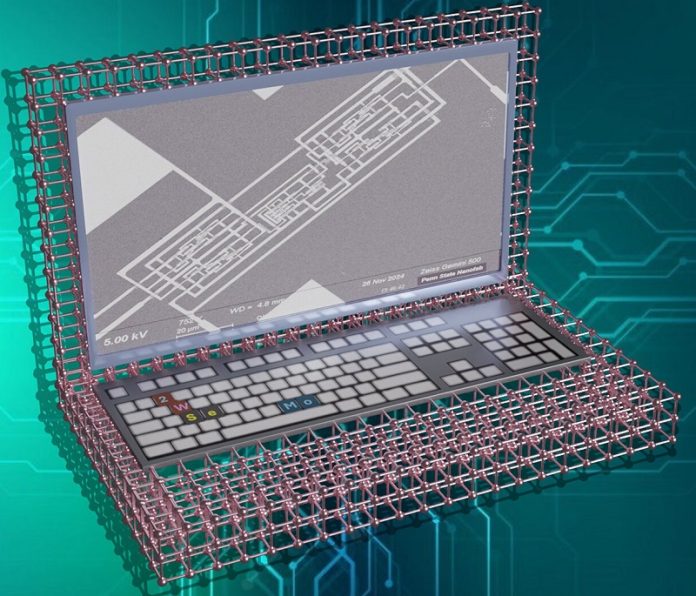
A team of scientists at Penn State has created the world’s first computer made entirely from materials that are just one atom thick—without using any silicon.
This breakthrough marks a big step forward in the search for faster, smaller, and more energy-efficient electronics that could one day replace silicon-based devices.
Silicon has powered the electronics we use every day—like smartphones, laptops, and electric vehicles—for decades.
But as we keep shrinking devices to pack more power into smaller spaces, silicon is starting to reach its limits. When silicon transistors become too small, their performance starts to drop.
That’s where two-dimensional (2D) materials come in. These materials are only one atom thick and don’t lose their special properties even at such tiny scales.
For the first time, the Penn State researchers have used these atom-thin materials to build a basic working computer that can carry out simple operations.
Their work, published in the journal Nature, focused on building a type of computer known as CMOS, short for complementary metal-oxide-semiconductor.
CMOS technology is the foundation of nearly all modern electronics. It relies on two types of transistors—n-type and p-type—which work together to control the flow of electricity and keep energy use low.
To build their 2D CMOS computer, the team used two different 2D materials: molybdenum disulfide for the n-type transistors and tungsten diselenide for the p-type ones.
These materials were grown into thin sheets using a special process called metal-organic chemical vapor deposition. This method allows scientists to vaporize the raw ingredients and then form them into solid layers on a surface.
Using this technique, the researchers built more than 1,000 of each kind of transistor. They then carefully adjusted each one so that they could all work together in a full CMOS circuit. The result: a tiny computer that runs on very little power and can handle basic computing tasks.
According to Subir Ghosh, the study’s lead author and a PhD student at Penn State, their computer can operate at up to 25 kilohertz.
While that’s much slower than today’s silicon-based processors, it’s still fast enough for simple logic operations. Ghosh explained that this is what’s called a “one instruction set computer,” meaning it’s a basic design that can carry out limited tasks—but it’s a powerful proof of concept.
The team also built a simulation model using real data from their device. This helped them understand how well their 2D computer performs and how it compares to current silicon technology.
While there’s still room for improvement, the researchers believe this work is a major step forward in proving that atom-thin materials can actually power future computers.
Lead researcher Professor Saptarshi Das said that while silicon has been refined for nearly 80 years, research into 2D materials has only taken off in the past 15 years. Compared to how long it took silicon technology to reach today’s level, this new development is moving quickly.
The researchers say there’s still a long road ahead, but this tiny, silicon-free computer is a promising glimpse of what the future of electronics might look like.



